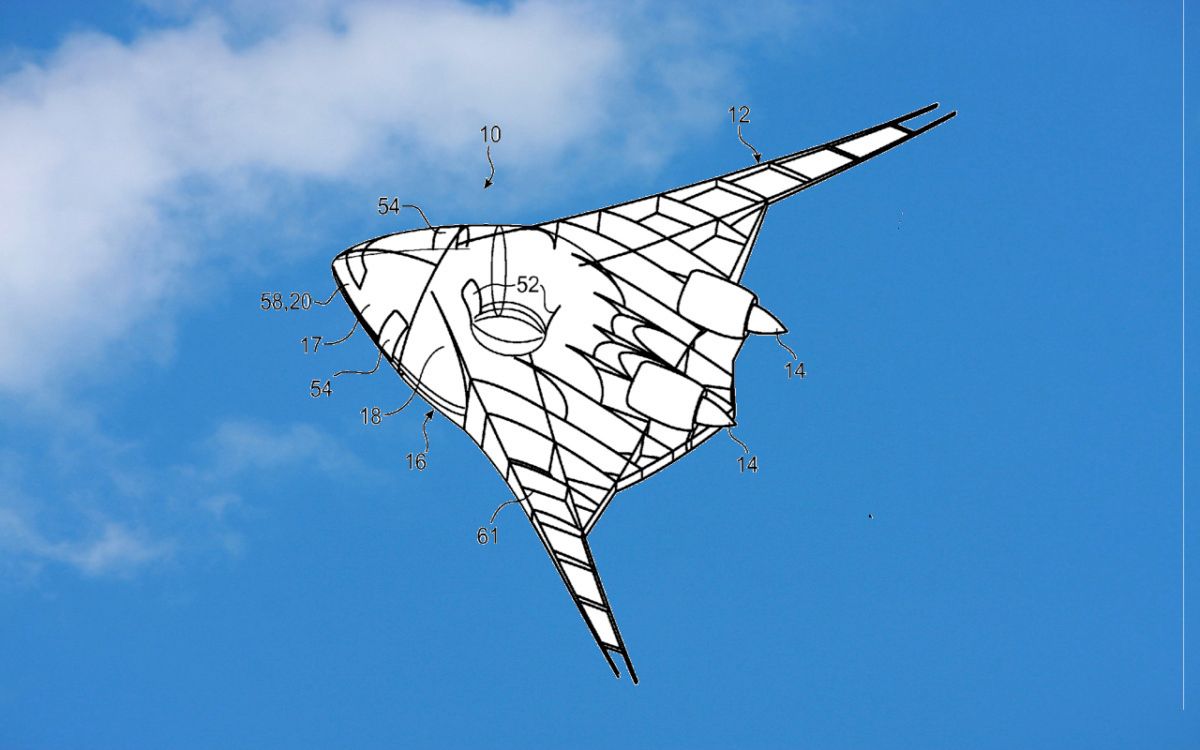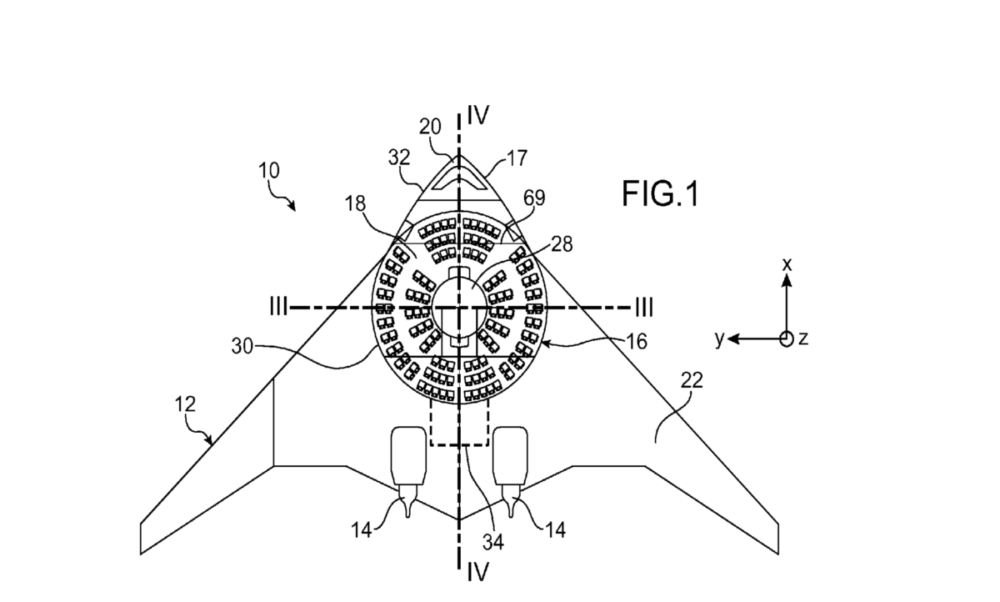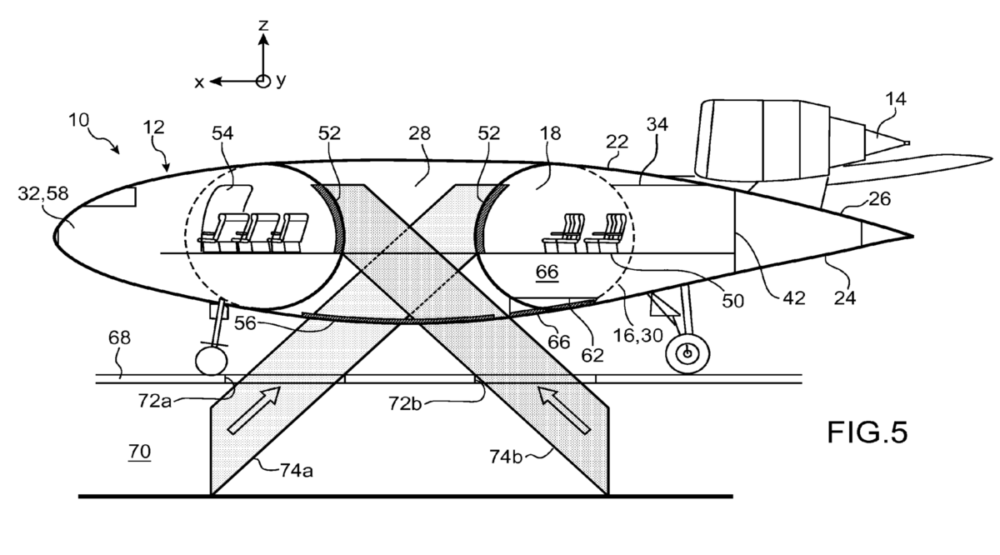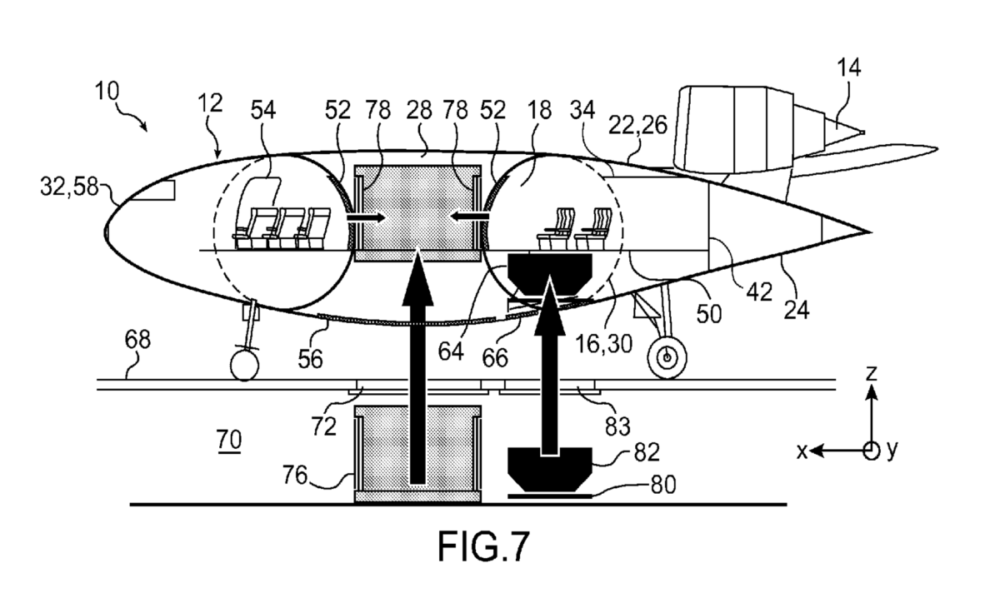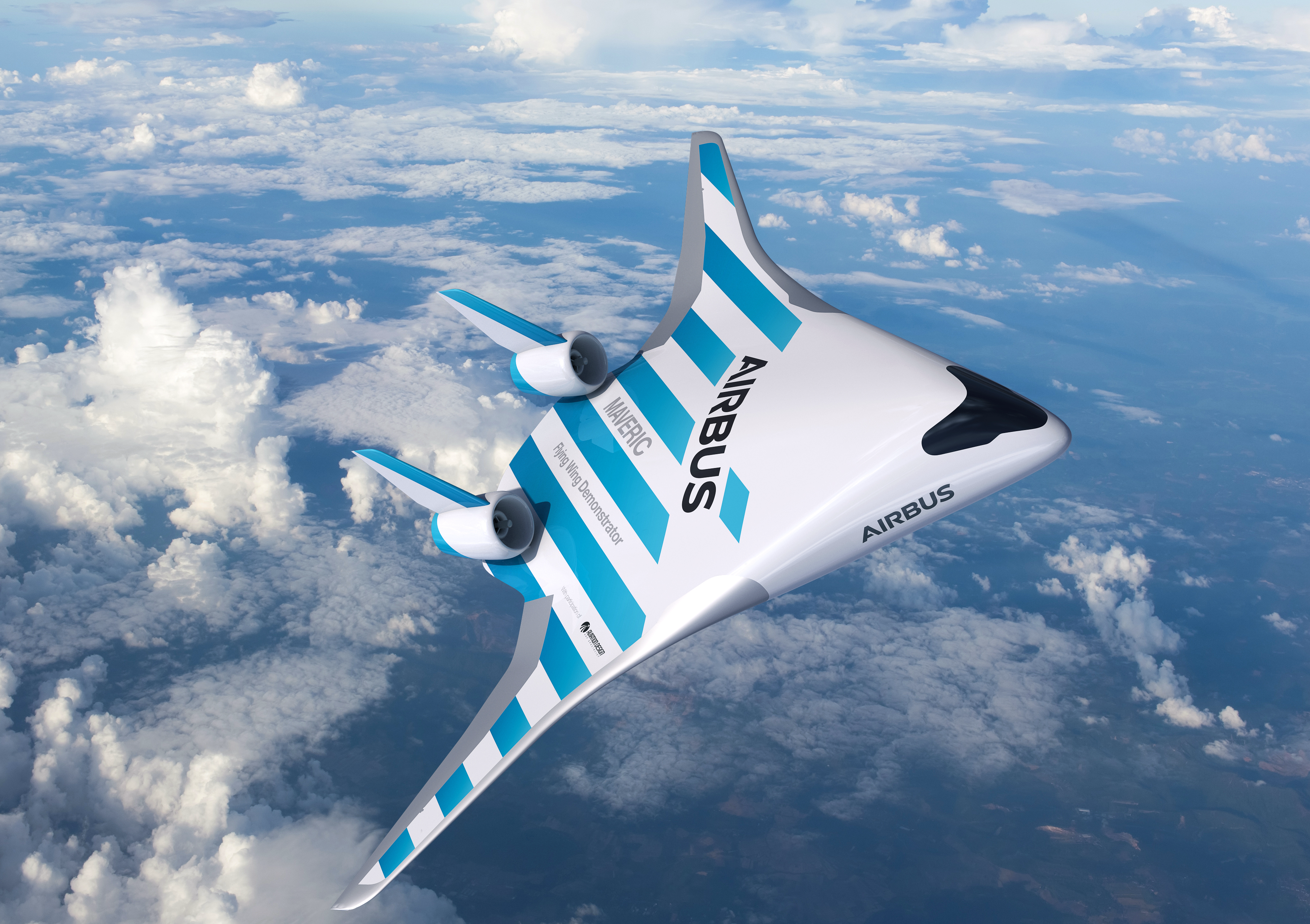The last couple of years, much has been debated about the blended wing body (BWB) since Airbus revealed two concept aircraft - the MAVERIC, or Model Aircraft for Validation and Experimentation of Robust Innovative Controls, and the much-publicized ZEROe jet optimized for hydrogen storage.
However, a few years prior, in 2014, the European aerospace giant filed a patent for what could be referred to as a "flying doughnut." No, it is not fried and dunked in sugar, but it does have a hole in the middle of the fuselage for boarding and disembarkation. It is also novel in that it would feature a spheroid passenger cabin, with seats fanning out from the center to the sides, resembling an amphitheater.
Patents - groundbreaking or never to be
Airbus files a huge number of patents, about 700 every year, from simple tweaks to avionics to ground-breaking aircraft concepts. According to the planemaker, it spends some €3.5 billion a year on research and development and holds 37,000 patents worldwide. While some of these inventions go on to shape the future of aviation, many never see the light of day. This doesn't mean it isn't nice to own the rights to them, just in case a competitor should get any ideas. Furthermore, many patents that never reach their full expression go on to serve as the foundation of other technologies and products.
However, that doesn’t mean the ones that do not make it from theory to practice cannot be incredibly interesting to dive into. This one patent, in particular, caught our eye (it had nothing to do with the doughnut connotations, we promise); a filing from back in 2014, which Airbus titled “Aircraft Including A Passenger Cabin Extending Around A Space Defined Outside The Cabin And Inside the Aircraft.”
Get the latest aviation news straight to your inbox: Sign up for our newsletters today.
What on Earth is the ‘flying doughnut’?
One of the benefits of working for a pioneering and trailblazing aerospace company is that you get to dream up what the future of flight could be. Filed as a patent to the European and US Patent Offices in 2014, the flying doughnut breaks (almost) all the rules for what an aircraft should look like. In a move that has a distinct sci-fi air about it, Airbus patented a design for a very short aircraft, where passengers are seated in a circle around a hole in the middle. (We say "doughnut," but "flying saucer" would not be a million miles away from what they conceived.)
The flying doughnut is essentially a pair of wings with a spheroid compartment in the middle. The compartment would house the passenger cabin, with passengers seated in a circle around a central ‘void.’ This arrangement would definitely make for some interesting food and beverage services onboard, requiring a new set of trolleys.
But it’s not just the seating arrangement that’s different in the doughnut. Boarding would be unusual, too, with passengers entering through the ‘hole’ in the donut’s middle. Drawings in the patent suggest stairs descending from the middle of the cabin to the ground. In the application, Airbus suggested these would be escalators, which descended beneath the ground to pick passengers up from a waiting area (see, we told you it was sci-fi).
In a different drawing, Airbus described how an elevator could be used as an alternative to load passengers.
Why did Airbus think this could work?
In the patent application, the aerospace company said that the flying doughnut would address some problems specific to the common, pencil-shaped design of aircraft today. It noted that, while cylindrical aircraft are good at containing the stresses caused by the pressurized cabin, the tremendous forces on the front and back end of the cylinder mean heavy reinforcement is required.
By removing the longitudinal passenger cabin, Airbus said this would remove these pinch points of stress, and “…provide a simple, economic and efficient solution to these problems, or at least partially overcome the … disadvantages.”
Furthermore, the design would allow the plane to seat more passengers than the tube-and-wing design we have grown so accustomed to. The patent stated,
"An approximately cylindrical geometry limits possibilities for increasing the passenger carrying capacity of the aircraft."
According to NPR, a spokesperson for Airbus commented on the patents at the time of the filing that, while the flying doughnut was not currently in production and may never be,
"Some of these become the seed for other ideas with practical use."
Furthermore, they added,
"There are some very clever people here that have fantastic ideas. And who knows? Maybe one day they will come to light."
Not entirely foreign concept
The design is not wholly inconceivable. For many years, aircraft designers have believed a simple flying wing could be the answer to more efficient flight, but then there’s the problem of where to seat the passengers. Concepts like the ‘Flying V’ from KLM and TU Delft and Airbus’ MAVERIC have attempted to challenge this conundrum, although nothing has made it past the drawing board yet.
A major hurdle to any significant overhaul of aircraft design is the resulting changes required for airports to handle the new vessels. That’s why, as much as these concepts are interesting to review, we’re unlikely to see anything quite so earth-shattering anytime soon. But we sci-fi nerds look forward to the day.
Source: NPR

